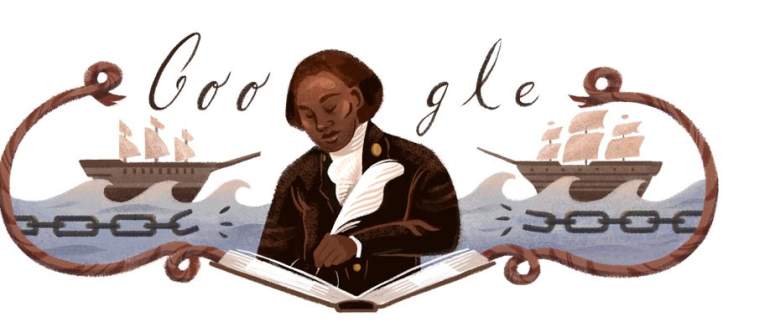
Google Olaudah Equiano Google Doodle.
Olaudah Equiano, an abolitionist and author who gave a voice to slaves and moved the British toward abolition, is the subject of an October 16, 2017 Google Doodle honoring his 272nd birthday.
According to PBS, “Olaudah Equiano was sold into slavery, later acquired his freedom, and, in 1789, wrote his widely-read autobiography, The Interesting Narrative of the Life of Olaudah Equiano, or Gustavus Vassa, the African.”
The Abolition Project calls Equiano “a former enslaved African, seaman and merchant who wrote an autobiography depicting the horrors of slavery and lobbied Parliament for its abolition.”
According to Slavery and Rememberance.org, “his autobiography still stands as one of the most valuable and singular depictions of the human experience and African life in the Atlantic world.”
Here’s what you need to know:
1. Equiano Was Sold Into Slavery at Age 11
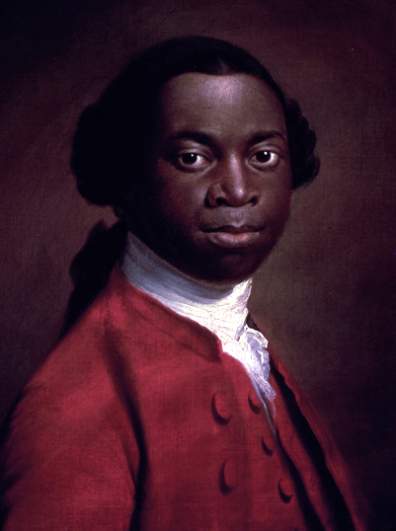
Royal Albert Museum/Wikimedia CommonsOlaudah Equiano.
Equiano became a slave when he was only 11, and he was captured far from the African coast, according to PBS.
“The youngest son of a village leader, Equiano was born among the Ibo people in the kingdom of Benin, along the Niger River,” reported PBS, adding that he was “the greatest favourite with [his] mother.”
“His family expected to follow in his father’s footsteps and become a chief, an elder, a judge,” PBS reported. “Slavery was an intregal part of the Ibo culture, as it was with many other African peoples. His family owned slaves, but there was also a continual threat of being abducted, of becoming someone else’s slave. This is what happened, one day, while Equiano and his sister were at home alone.”
He was captured along with his sister, but they were separated. “About six or seven months after being abducted, Equiano was brought to the coast, where he first encountered a slave ship and white men,” PBS reported.
2. Equiano Was Purchased by a Naval Caption
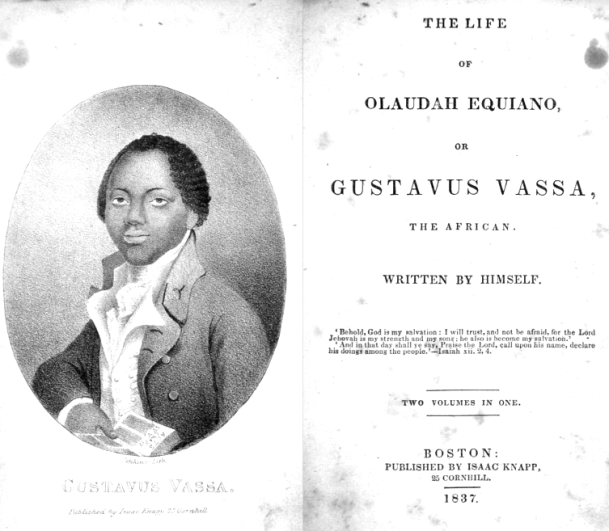
Wikimedia CommonsOlaudah Equiano.
After encountering the slave ship, according to the Abolition Project, Equiano “endured the middle passage on a slave ship bound for the New World. After a short period of time in Barbados, Equiano was shipped to Virginia and put to work weeding grass and gathering stones.”
He was soon sold again, and he was given a new name.
In 1757, “he was bought by a naval captain (Captain Pascal) for about £40, who named him Gustavas Vassa. Equiano was about 12 when he first arrived in England. For part of that time he stayed at Blackheath in London with the Guerin family (relatives of Pascal). It is here that Equiano learnt how to read and write and to do arithmetic. However, Equiano spent much of his time at sea, both on warships and trading vessels,” reported Abolition Project.
3. Equiano Purchased His Freedom & Became an Abolitionist in England
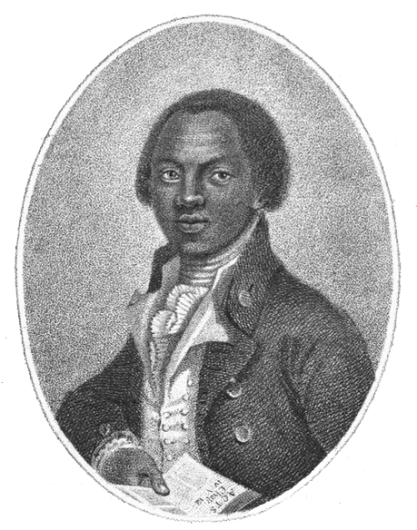
Wikimedia CommonsOlaudah Equiano.
In 1766, Equiano was able to purchase his own freedom, according to Britannica.com.
“After he settled in England, he became an active abolitionist, agitating and lecturing against the cruelty of British slave owners in Jamaica. He briefly was commissary to Sierra Leone for the Committee for the Relief of the Black Poor; his concerns for the settlers—some 500 to 600 freed slaves—and for their ill treatment before their journey ultimately led to his replacement,” reports Britannica.
4. Equiano Wrote His Autobiography at the Urging of Other Abolitionists
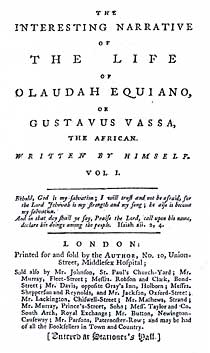
Olaudah Equiano.
Publication of his autobiography “was aided by British abolitionists, including Hannah More, Josiah Wedgwood, and John Wesley, who were collecting evidence on the sufferings of slaves,” reports Britannica, which says that some regard Equiano as the originator of the slave narrative.
“In that book and in his later Miscellaneous Verses… (1789), he idealizes Africa and shows great pride in the African way of life, while attacking those Africans who trafficked in slavery (a perspective further shown by his setting forth not only the injustices and humiliations endured by slaves but also his own experience of kindness, that of his master and a community of English women). As a whole, Equiano’s work shows both broad human compassion and realism,” according to Britannica.
5. Equiano’s Account Paved the Way for Other Slave Narratives
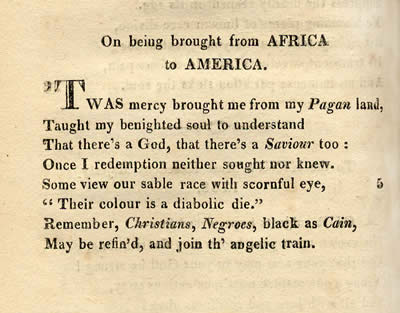
Olaudah Equiano.
Equiano’s narrative about life in slavery was a seminal work.
“Equiano’s account is considered an originator of the slave narrative,” reports Biography.com. Equiano died in London on March 3, 1797.
According to Slavery and Remembrance.org, Equiano’s writings provided “the foundations for new genres of literature and new ways of understanding the experiences of enslaved people.”
Biography.com describes his writings as “one of the first testimonies in the abolition movement.”